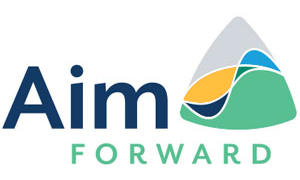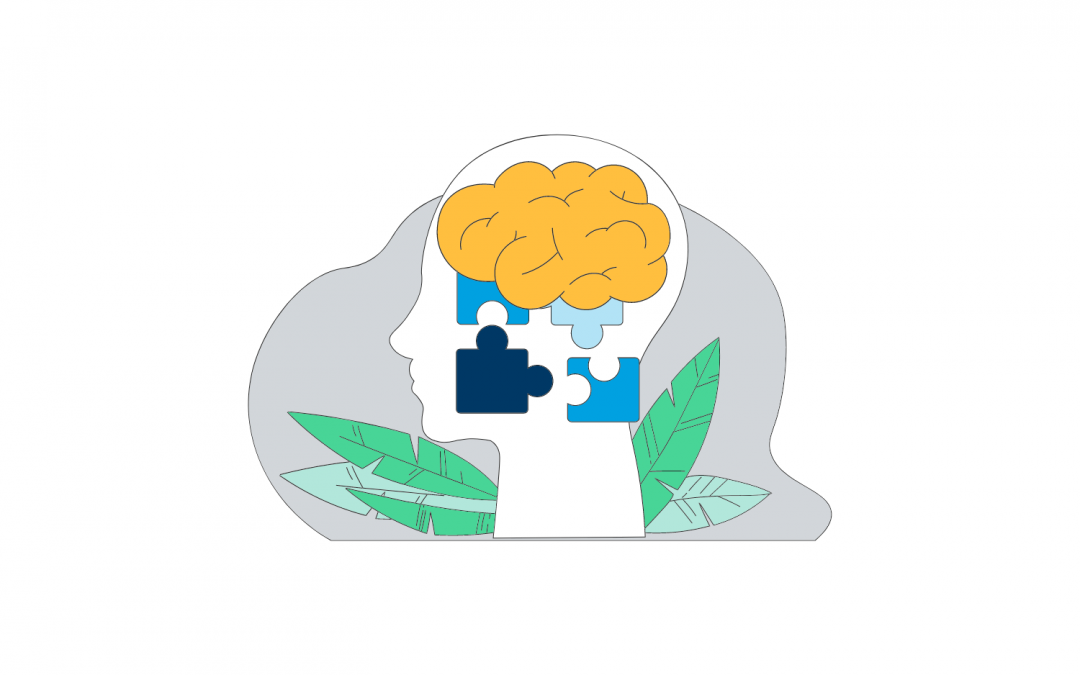Exploring neurodiversity
Everyone is different, including the ways we take in, process, and respond to information. But for many neurodivergent people – including autistic people and those with a specific learning difficulty (SpLD) like dyslexia, dyspraxia and ADHD – those differences can feel like a real challenge.
Everyone should be able to excel in their everyday life, including anyone who learns and works differently. But that can only come with understanding.
In this blog post, we will explore what neurodiversity and neurodivergence mean and how neurodivergence can affect people at work or in education. We will also lift the lid on how assessments can help neurodivergent people to navigate their world with greater confidence and support.
What is neurodiversity?
The term neurodivergence is used to describe when a person’s brain functions and behavioural traits differ from what is considered ‘typical’ for most people. If someone is not neurodivergent, they are considered neurotypical. Neurodiversity refers to the idea that people experience the world differently, and interact with it differently due to differences in the ways each of our brains work.
Researchers have estimated that 15-20% of the world’s population is neurodivergent – over a million people in the UK have a diagnosis of autism, ADHD, dyslexia, dyspraxia or other neurodevelopmental conditions.
There’s some debate about which conditions are included in ‘neurodivergence’, but it’s generally accepted that ADHD, dyslexia, autism, dyspraxia, dyscalculia, dysgraphia and Tourette’s are all lifelong and neurodivergent conditions.
How to use neurodiversity language
It can be tricky to understand the right language when talking about neurodiversity. Whether you think you might be neurodivergent or you’re looking to support a neurodivergent person, it can be helpful to get to grips with the different terms.
Neurodivergent
Neurodivergent describes a person or people who learn, work and socialise differently. Many neurodivergent people will have a diagnosis, like autism or dyslexia. But some people identify as neurodivergent without a diagnosis. This is generally accepted within neurodivergent communities because there are often high barriers to diagnosis.
Neurotypical
Neurotypical describes a person or people who learn, work and socialise in a way that’s considered ‘typical’. What is ‘typical’ is usually defined according to the social norms (unwritten rules of behaviour) of the culture and community they’re a part of.
Neurodiverse
Neurodiverse describes a group of people who are either neurodivergent in different ways, or a mix of neurotypical and neurodivergent people (e.g. “Our team is neurodiverse.”)
Neuroinclusive
Neuroinclusive describes environments or practices that consider the different needs of neurodivergent people. This can include accessible content, flexible working schedules, or transparent career or education progression pathways. Neuroinclusive practices and environments usually benefit neurotypical people, too.
How neurodivergence impacts studying
Without an accurate understanding, neurodivergence can significantly impact a person’s educational experiences from a young age:
“Think of a child in school experiencing sensory overload – maybe bright strip lighting, or the school bell, or a scratchy school jumper. It’s like a shake of the Coke bottle. Then the timetable changes unexpectedly, and the child feels anxious and all at sea – another shake of the bottle. The child wants to be alone, but they get paired up in an activity, and they have to mask how they are feeling – the bottle shakes again. By the time the child gets home, the bottle erupts and the lid flies off.” – The British Psychological Association
Neurodivergent students may need tailored support to accommodate their individual learning styles. If you have ADHD, for example, the way you experience and manage time might be different to your peers. This can make it harder to work to specific deadlines, and you might need extra time to finish assignments.
It’s essential that schools, colleges and universities create an inclusive environment that values neurodiversity. Teachers can benefit from training and awareness programs, while students can benefit from peer support and use of specialist equipment. One example is noise-blocking headphones for a person who finds noise overstimulating.
It’s important, but it’s not always easy to understand what support is available for neurodivergent people at school or university.
Neurodiversity in the workplace
In the workplace, neurodivergent people often bring fresh perspectives and great problem-solving skills. Workers in JPMorgan Chase’s Autism at Work program were found to be up to 140% more productive than neurotypical employees, and made far fewer mistakes. But it’s common for neurodivergent people to face difficulties navigating social interactions or sensory sensitivities in the workplace.
Employers can help by promoting flexible work arrangements, creating clear communication channels, and giving neurodivergent people the freedom to complete tasks in their own way.
With the right support and understanding, neurodivergent people can thrive in the workplace. Their strengths can include great attention to detail, high levels of focus, and out-of-the-box thinking, so more businesses now actively hire for neurodiversity. Publications like Harvard Business Review are very vocal about how neurodiversity can be a real competitive advantage for companies.
The case for neurodiversity is compelling. But it’s still not always clear what support is available for neurodivergent people at work. This is where individual assessments and one-to-one coaching can be transformative.
How needs assessments can help neurodivergent people thrive
Knowledge is power, and being heard can change everything.
At Aim Forward, we’ve seen first-hand how emotional the process of assessment can be. People often feel a mixture of relief that their barriers have been recognised, frustration that they weren’t identified sooner, and anxiety about what it means for them now. From 10+ years of experience we can confidently say that, with the right support, anyone can reach their goals.
Let’s break it down.
Needs assessments explained
A needs assessment is a one-to-one meeting with an experienced disability practitioner. Together you will explore your strengths, weaknesses, and the impact of any barriers you may be facing. You will also create strategies to overcome these barriers, whether that’s in your work, study, or everyday life.
These strategies will often be a blend of assistive technology, software, apps, and reasonable adjustments that can be put in place in your studies or at work. Because all strategies are personalised to you (and your own ways of learning, working and living life), a needs assessment can give you recommendations and support to help you excel in every area of your life.
Benefits can include:
- A greater understanding of your diagnosis and how it impacts you
- Insights into how and why you work and learn the way you do
- Practical suggestions to help you maximise strengths and overcome barriers
- Reasonable adjustments to put in place in work or study
- Ideas for assistive technology and software that could support you
- Personalised plans to help you excel
You could be a freelancer, worker or employer. You could be studying for GCSEs, A-Levels, apprenticeships, or further or higher education. Or you could be a parent looking for specialised support for your child. Whatever life looks like, we’re here to help.
How diagnostic assessments can help neurodivergent people thrive
Some people benefit from having specific terms for their experiences. This is where a diagnostic assessment can help. Our diagnostic assessments are for anyone over the age of 14 who wants or needs a diagnosis of a specific learning difficulty (SpLD), and thinks they may be dyslexic, dyspraxic or have ADHD.
You might be looking to get a diagnosis for:
- A greater understanding of how and why you work or think the way you do
- Specific terms to describe your experiences and to help others understand you
- Evidence of eligibility for support schemes like Access to Work (in the workplace) or Disabled Students Allowance (in higher education)
- Evidence of a SpLD so your workplace can put reasonable adjustments in place
- Evidence of a SpLD so your school can start the process of accessing exam arrangements
We can offer diagnostic assessments for conditions like dyslexia, dyscalculia, but we also welcome anyone who wants to lean on our experience so they can learn and work their way – with or without a diagnosis. Assessments never come with guarantees of diagnosis or specific support strategies, but everyone has their story heard.

